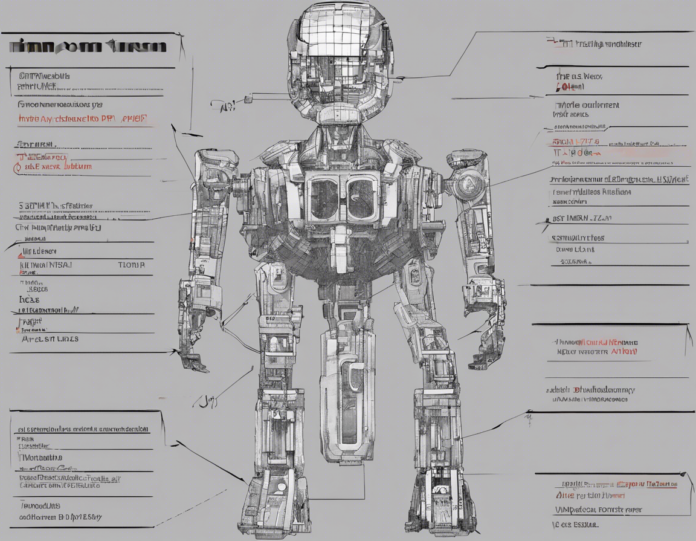In today’s fast-paced world, where technology is evolving at an unprecedented rate, businesses are constantly striving to enhance their efficiency and productivity. One crucial aspect of achieving these goals is the implementation of robust maintenance practices to ensure the smooth operation of equipment and machinery. Total Productive Maintenance (TPM) is a methodology that has gained significant popularity in the manufacturing industry for its ability to optimize equipment effectiveness and reduce downtime. In this comprehensive guide, we will delve into the meaning of TPM, its principles, benefits, implementation strategies, and common FAQs associated with this powerful maintenance approach.
Understanding TPM
TPM stands for Total Productive Maintenance, a comprehensive maintenance philosophy that aims to maximize the effectiveness of equipment throughout its entire lifecycle. It shifts the responsibility of equipment maintenance from traditional maintenance teams to the entire organization, involving operators, maintenance personnel, engineers, and management in the process.
The Pillars of TPM
TPM is built on eight fundamental pillars that form the foundation of its implementation:
-
Autonomous Maintenance: Operators are trained to perform routine maintenance tasks to prevent breakdowns and keep machines in optimal condition.
-
Planned Maintenance: Scheduled maintenance activities are conducted to prevent unexpected breakdowns and prolong the life of equipment.
-
Focused Improvement: Continuous improvement activities are undertaken to enhance equipment efficiency and address recurring issues.
-
Early Equipment Management: Involves the consideration of maintenance requirements during the equipment design phase to improve overall reliability.
-
Quality Maintenance: Focuses on maintaining equipment to prevent quality defects and ensure consistent product quality.
-
Training and Development: Providing ongoing training to employees to ensure they have the necessary skills to operate and maintain equipment effectively.
-
Administrative and Office TPM: Extending the principles of TPM to administrative and office functions to improve overall organizational efficiency.
-
Safety, Health, and Environment: Ensuring that maintenance activities are carried out in a safe and environmentally friendly manner.
Benefits of Implementing TPM
The adoption of TPM can yield a wide array of benefits for organizations, including:
-
Increased Equipment Efficiency: TPM improves equipment uptime and performance, leading to higher productivity levels.
-
Cost Reduction: By preventing breakdowns and reducing maintenance costs, TPM helps in optimizing maintenance expenses.
-
Enhanced Product Quality: Maintaining equipment in optimal condition leads to better product quality and fewer defects.
-
Employee Engagement: Involving employees in maintenance activities boosts morale and creates a culture of ownership.
-
Improved Safety: Regular maintenance and equipment checks contribute to a safer working environment.
Implementing TPM in Your Organization
To successfully implement TPM in your organization, consider the following steps:
-
Executive Buy-In: Gain support from senior management to ensure commitment and resources for TPM initiatives.
-
Training and Education: Provide comprehensive training to all employees on TPM principles and practices.
-
Pilot Projects: Begin with small-scale TPM projects to demonstrate success and build momentum.
-
Cross-Functional Teams: Establish cross-functional teams to oversee TPM implementation and foster collaboration.
-
Performance Measurement: Implement key performance indicators (KPIs) to track the effectiveness of TPM initiatives.
Frequently Asked Questions (FAQs) about TPM
Q: What are the key differences between TPM and traditional maintenance approaches?
A: TPM emphasizes proactive and preventative maintenance carried out by all employees, whereas traditional maintenance is often reactive and performed by dedicated maintenance teams.
Q: How can TPM improve overall equipment effectiveness (OEE)?
A: By reducing downtime, improving performance efficiency, and minimizing quality defects, TPM directly contributes to enhancing OEE.
Q: Is TPM only applicable to manufacturing industries?
A: While TPM originated in manufacturing, its principles can be adapted and applied to a wide range of industries, including healthcare, hospitality, and service sectors.
Q: How long does it take to see tangible results from TPM implementation?
A: The timeline for experiencing significant improvements from TPM can vary depending on the organizational size, complexity, and level of commitment to the TPM process.
Q: Are there any common challenges faced during TPM implementation?
A: Some common challenges include resistance to change, lack of employee training, insufficient resources, and the need for sustained management support.
In conclusion, Total Productive Maintenance (TPM) is a powerful methodology that can significantly transform the maintenance practices within an organization. By focusing on proactive maintenance, employee engagement, and continuous improvement, TPM has the potential to drive operational excellence, enhance equipment reliability, and improve overall business performance. Consider implementing TPM in your organization to unlock its full potential and stay ahead in today’s competitive landscape.





